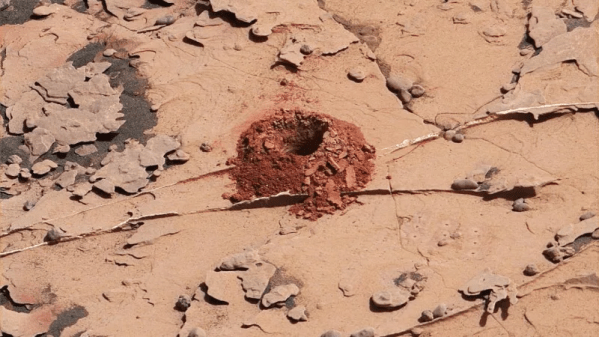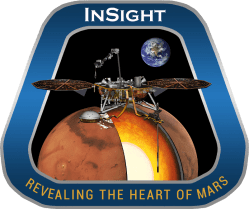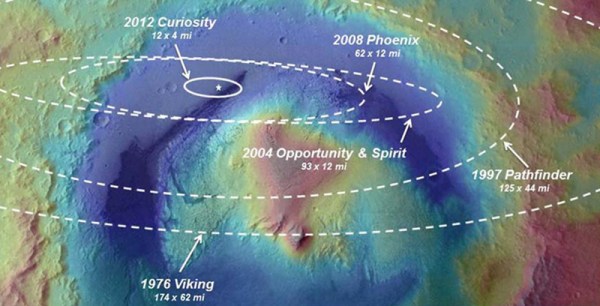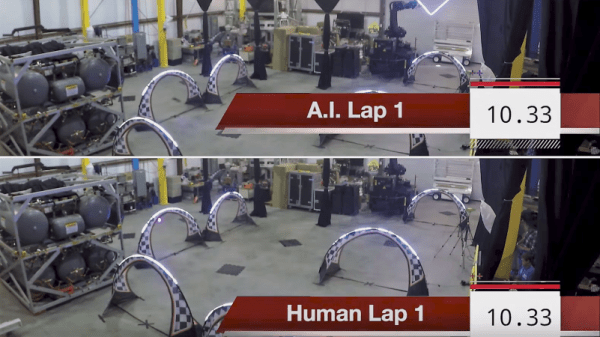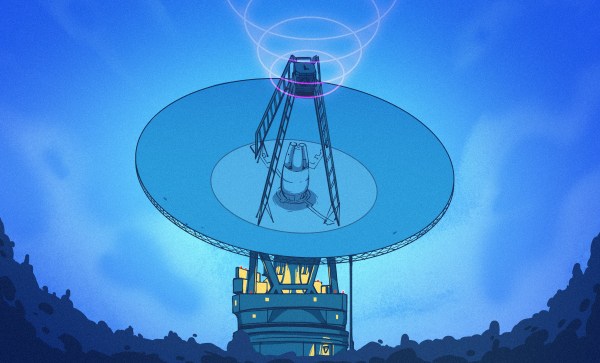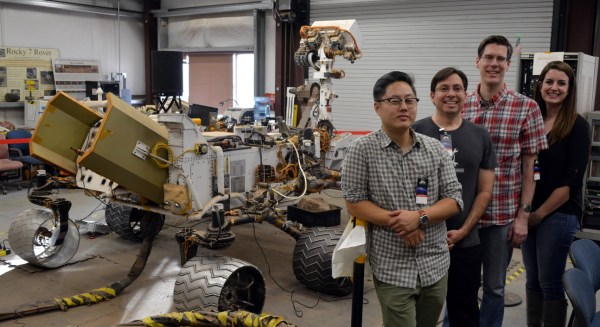We have a lot of respect for the hackers at NASA’s Jet Propulsion Laboratory (JPL). When their stuff has a problem, it is often millions of miles away and yet they often find a way to fix it anyway. Case in point is the Curiosity Mars rover. Back in 2016, the probe’s rock drill broke. This is critical because one of the main things the rover does is drill into rock samples, collect the powder and subject it to analysis. JPL announced they had devised a way to successfully drill again.
The drill failed after fifteen uses. It uses two stabilizers to steady itself against the target rock. A failed motor prevents the drill bit from retracting and extending between the stabilizers. Of course, sending a repair tech 60 million miles is not in the budget, so they had to find another way. You can see a video about the way they found, below.
Continue reading “NASA Remotely Hacks Curiosity’s Rock Drill”

